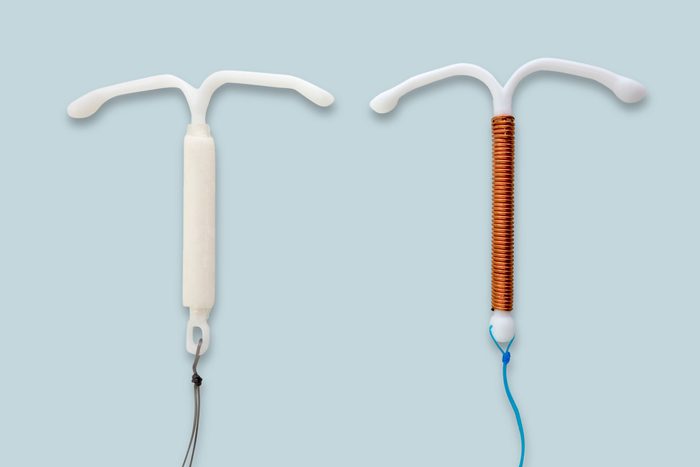
The birth control pill is still the most popular form of contraception in the United States—but the set-it-and-forget-it intrauterine device (IUD) is closing in hot on its tail. In 2015, data suggested that only about 1.5% of women used IUDs back in the early 2000s, and that rate jumped to about 14% as of 2017. Now, as uncertainty over reproductive rights looms in the wake of the Supreme Court’s decision to overturn Roe v. Wade, OB/GYNs report even greater IUD interest among women.
That’s because the IUD offers some of the most effective long-term protection from pregnancy, ranging from between three to 10 years, says Kelli Burroughs, MD, Department Chairman of Obstetrics and Gynecology at Memorial Hermann Sugar Land Hospital in Sugar Land, TX. According to the Centers for Disease Control and Prevention, the IUD’s failure rate is less than 1%—providing far more security than the pill’s average failure rate of 7%.
6 Signs You Should Consider Switching from the Pill to an IUD
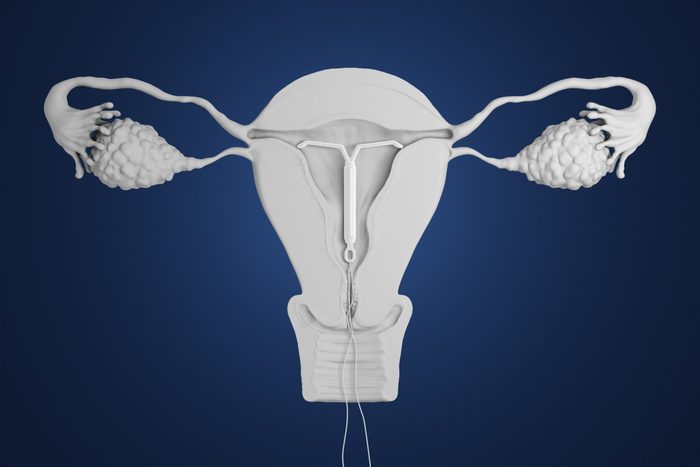
How does an IUD work?
There are two distinct types of IUDs available. Dr. Burroughs explains that hormonal IUDs contain progesterone, a hormone that works to thicken the cervical mucus, which makes it more difficult for the sperm to fertilize the egg. The lining of the uterus also thins, helping to suppress ovulation. Depending on the type of hormonal IUD, protection typically lasts from three to six years. Certain brands can also be used to treat heavy menstrual cycles, she says.
5 Health Benefits—and Risks—of Period Sex OBGYNs Want You to Know
Then there’s the copper IUD, which “interferes with the sperm’s viability and ability to migrate,” Dr. Burroughs says. This option provides the longest-lasting (reversible) contraception available at up to 10 years, and, as she explains, is ideal “for patients who are sensitive to hormones or would prefer a non-hormonal method of contraception.”
No matter which you choose, convenience is one of the biggest advantages of getting an IUD. You don’t have to remember to take a pill every day, refill prescriptions, or schedule doctor’s visits to keep your birth control in check. Both options can easily be discontinued if you experience undesirable side effects or want to get pregnant, too.
Get The Healthy @Reader’s Digest newsletter for the latest health and wellness news delivered daily
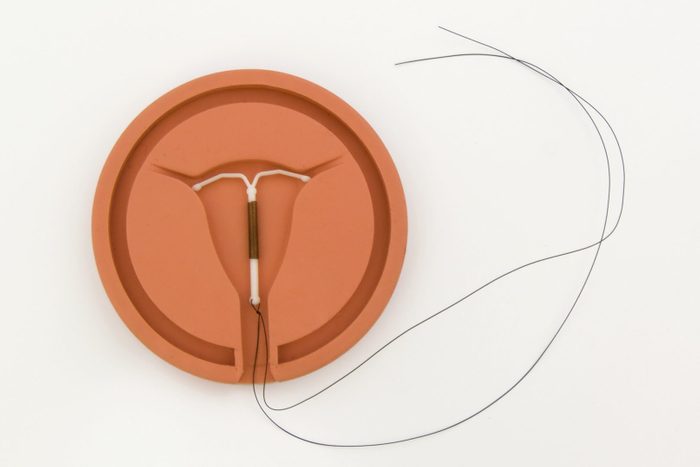
Can anyone get an IUD?
Anyone can get an IUD—with a small caveat, says Jennifer Roelands, MD, OB/GYN, and owner of Well Woman MD. “You have to have a normal uterus,” she explains. Some people have what OBs call a “heart-shaped” (bicornuate) uterus, for example. If your uterus doesn’t have the standard, round shape, the T-shape of the IUD may not be able to open up and stay in. Also, if you have large fibroids, that may change the shape of the womb, making it impossible to properly insert an IUD.
But beyond that, advances in IUD technology have made the contraceptive device accessible to pretty much anyone with a uterus. There used to only be the copper and a standard hormonal IUD, Dr. Roelands says. “Because of the size, it was hard to put in [some patients].” But now, there’s a smaller version of the hormonal IUD available designed for younger women and women who have never had children. You also have a choice in coverage, like three years or five years. “So they’ve actually really made more personalized options available,” Dr. Roelands says.
There’s also no age cut-off for the IUD, Dr. Burroughs adds, so the IUD is suitable for women up to menopause age, when contraception is no longer required.
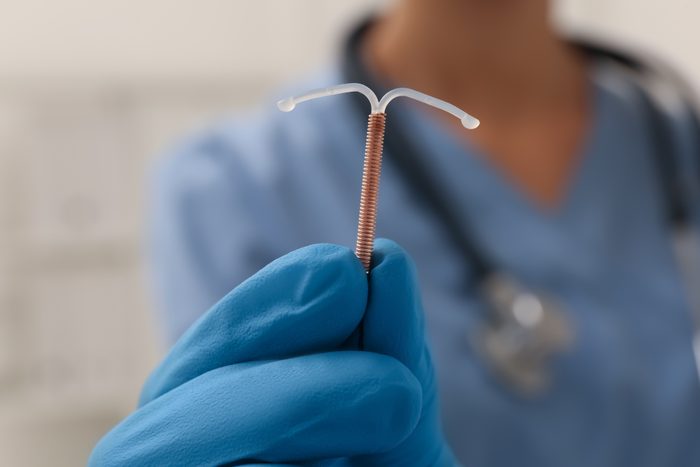
So, which IUD should I choose?
If you have a heavy menstrual cycle, hormonal IUDs are one way to help decrease the length, flow, and associated pain of your cycle. “They can even stop your period altogether,” Dr. Roelands says.
Copper IUDs, on the other hand, have a tendency to make your periods heavier—and this is the leading reason many people stop using them, according to 2018 research published in the American Journal of Obstetrics & Gynecology. That’s why they’re not recommended for girls and women with heavy baseline menstrual bleeding.
As for the hormonal IUD, it does not increase the risk of blood clots or stroke, Dr. Roelands says. That can make it a suitable option for women disqualified from using other hormonal methods like the pill or the patch, such as women over 35 who smoke, have a history of heart disease, or get migraines.
While the hormonal IUD contains a lower hormone level than other methods like the pill, some women can experience side effects like headaches, nausea, breast tenderness, mood changes, and ovarian cyst formation. But generally, patients report milder side effects due to the lower level of hormones that’s localized in the uterus.
Learn more about 22 myths OB/GYNs want you to stop believing
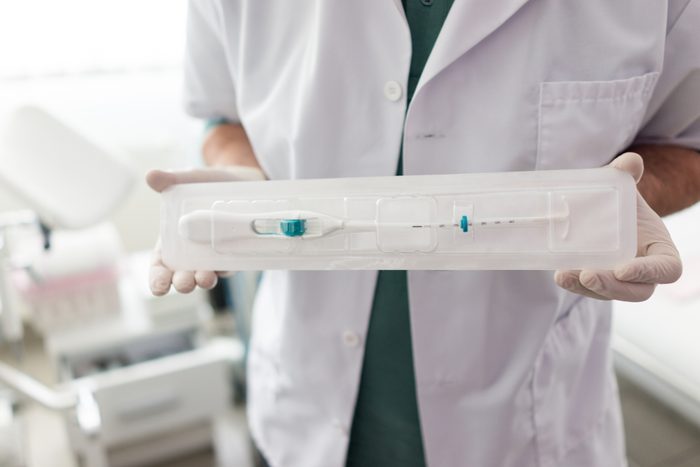
What should I expect when getting an IUD?
Many women experience pain similar to menstrual cramping after getting their IUD inserted. “I always tell people to bring a driver to bring them home, so you’re not on the road cramping and feeling bad,” Dr. Roelands says. “[The cramping] is usually gone by the next day.” Having some ibuprofen on hand can help provide some relief, too, she says.
If you get a hormonal IUD, you may experience spotting during the first few months, she adds. And after that, it’s not unusual for your period to disappear entirely.
Follow the Healthy on Facebook, Instagram, and Twitter. Live better—keep reading:

